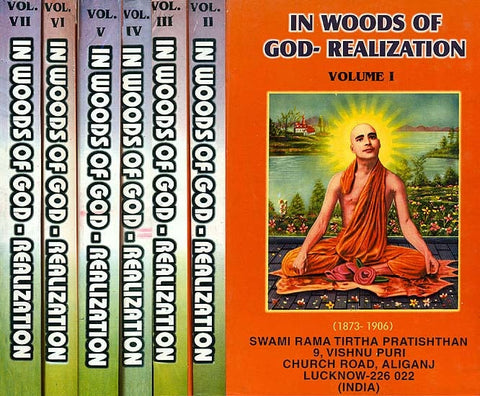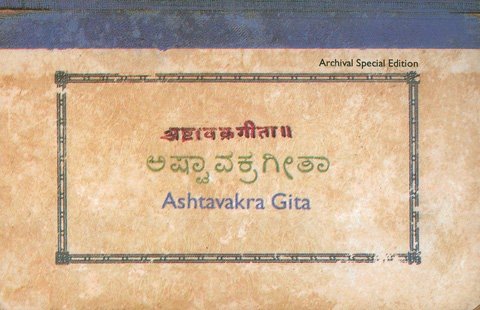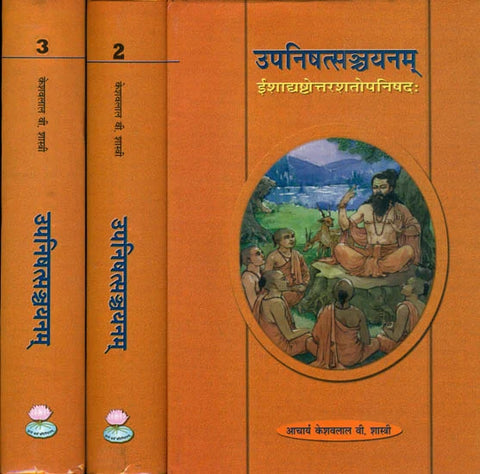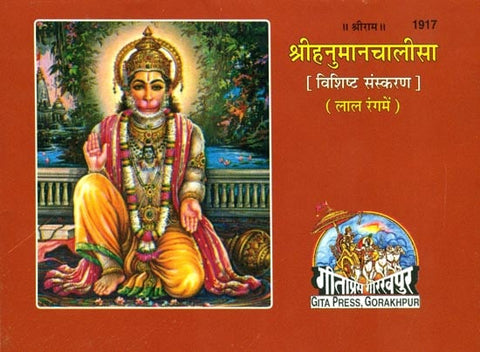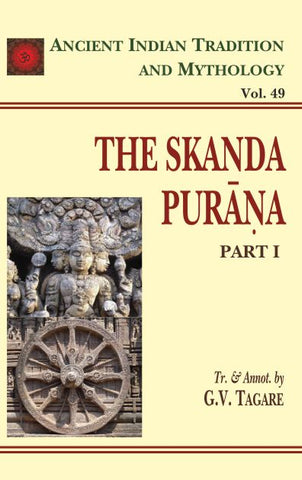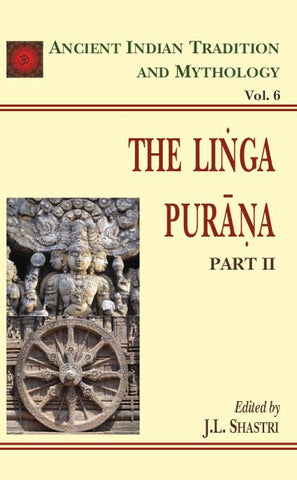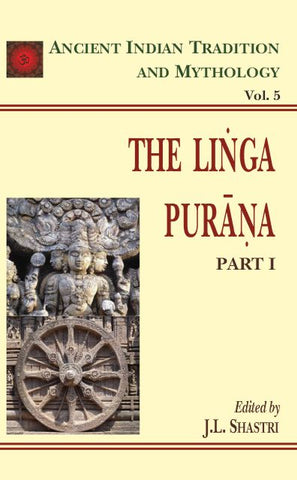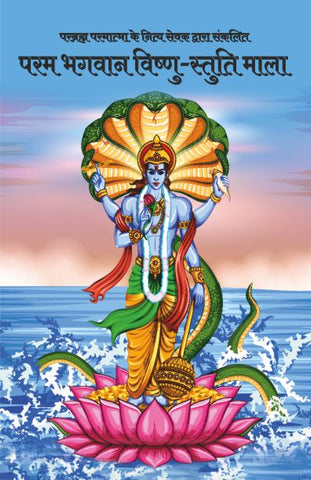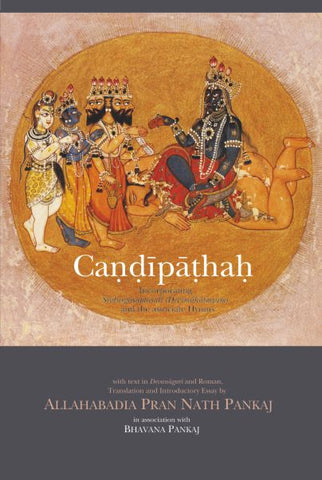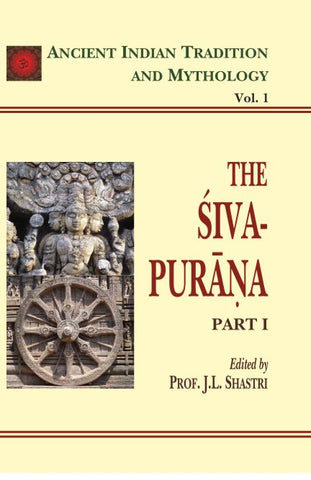Your cart is empty now.
Developed principally for use in introductory courses in the study of religious traditions of the East, this anthology offers a selection of readings from primary texts of India, China, and Japan.
The selections are arranged both chronologically and thematically within religious traditions and include readings from Hinduism, Jainism, Buddhism (including Tibetan Buddhism), Sikhism, Early Chinese thought, Confucianism, Taoism, Mao Tse Tung, Shintoism, and Japan's new religions (Tenrikyo and Sokka Gakkai).
Throughout the anthology, a concerted effort has been made to present more than the usual short excerpts. As much as possible larger excerpts have been included to give students a better sense of significant developments within traditions. As well, doctrinal elements have been combined with story to make these traditions more than museum pieces for students.
The editors wish to thank Gerry Dyer for her careful typing and correcting of this manuscript.
Gratitude is also due to Sandra Woolfrey and her staff at Wilfrid Laurier University Press. Not only has the book been nicely published, but from the beginning those working on the book at the press have imbibed of its spirit.
All of us hope that this book will introduce its readers to the depth and richness of the source scriptures of the eastern religions.
This anthology was developed primarily for use in our own introductory course in the study of religious traditions of the East, specifically the Indian subcontinent, Tibet, China, and Japan. While there are anthologies available covering the religious developments of South and East Asia, all with particular merits of their own, they were found to be unsuitable for our purposes for various reasons.
Given the drastic rise in the costs of printing and publication most anthologies have become too expensive for students in introductory courses. In part this is a function of the size of most available anthologies. To be sure, there are relatively inexpensive anthologies available for a tradition like Hinduism or a country like India. However, generally speaking, anthologies covering South and East Asia tend to be large and expensive. It is hoped that this anthology will at the same time be relatively inexpensive, and smaller, and yet properly representative of the development of Eastern traditions.
Frequently, anthologies attempt to cover too much territory. Consequently, the excerpts provided are much too short to give a proper flavour of the excerpted text or the particular development it is supposed to represent. This becomes a serious problem in the case of stories which are meant to be told as much as possible in their entirety. The evocative power of a story simply does not come through well in the case of short excerpts, nor does the flavour of a text for that matter. While the approach of many short excerpts may provide better coverage of the broad sweep of a tradition, it does not provide a good sense of texts, stories, or even specific development within a tradition.
Too frequently, anthologies are governed by a bias towards doctrinal materials or, as students might put it, dry teachings. This is, I think, a peculiarly western bias in religious studies. Traditions are much more colourful and gripping than an emphasis on doctrinal elements alone would suggest. There are, after all, colourful stories and anecdotes which present the heart of a tradition at least as well as the sermonic, discourse and philosophical aspects of a tradition. And stories are much more memorable and gripping.
The structure of this anthology has been determined largely by the structure of our own introductory course in Eastern traditions, and the perceived needs of students in such a course. The arrangement of the excerpts is both chronological and thematic. It is our experience that a thematic arrangement alone is not particularly good for students on the introductory level. It seems that religious developments as seen through primary texts are more memorable and understandable if they can be seen or read within a historical framework. Harold Coward was responsible for the sections on Hinduism, Jainism, and Sikhism. Eva Dargyay prepared the Buddhist selections and Ronald Neufeldt the Chinese and Japanese readings.
The sections themselves are designated by traditions. The first section on Hinduism includes excerpts from texts such as Samhitas, Brahmanas, Upanishads, Laws of Manu, Bhagavad Gita, Ramayana, Devi-Mahatmyam and medieval poet-saints emphasizing topics such as creation, death, sacrifice, dharma, the Absolute, and knowledge of the Absolute.
The second section is devoted to the lengthy story of the son of Mriga taken from the Jaina Sutras in order to illustrate several concerns central to Jainism-the misery or frustration of life when seen correctly, and the vows necessary for liberation from repeated cycles of misery.
The third section devoted to Buddhist developments is systematically arranged according to the refuge formula (Buddha, doctrine, community). Each topic is illustrated through excerpts taken from Hinayana and Mahayana sources, thus making the change in doctrinal ideas clear. Excerpts are taken from the Pali Canon, the Mahayana Canon in its Tibetan and Chinese version, and the commentarial works by Buddhist masters of India, Tibet, and the Far East. Furthermore, the development of Buddhist thought in Tibet is illustrated through selections from the "Tibetan Book of the Dead," the "pastoral" writings of Tibetan monk-scholars, and tantric sources.
Section four is devoted to the Sikh tradition, highlighting the Adi Granth, in particular the hymns of Guru Nanak, the founder of Sikhism, whose teachings were and still are the formative influence for Sikh beliefs.
Sections five, six, seven, and eight deal with religious developments in China. Section five, on Early Chinese Thought, includes selections from The Book of Odes, The Book of History, and the I Ching. Section six, on Confucian thought, emphasizes the Analects, Mencius, Hsuntzu, and later neo-Confucian developments. Section seven emphasizes philosophical Taoism, in particular, the thought of Lao tzu and Chuang tzu. Section eight deals with the thought of Mao tse Tung, emphasizing his hope for a future without evil.
Sections nine and ten deal with Japan. Section nine on Shinto developments deals with early mythology, early institutions and rituals, medieval Shinto, Shinto revival and the disestablishment of Shinto.
Sample Pages

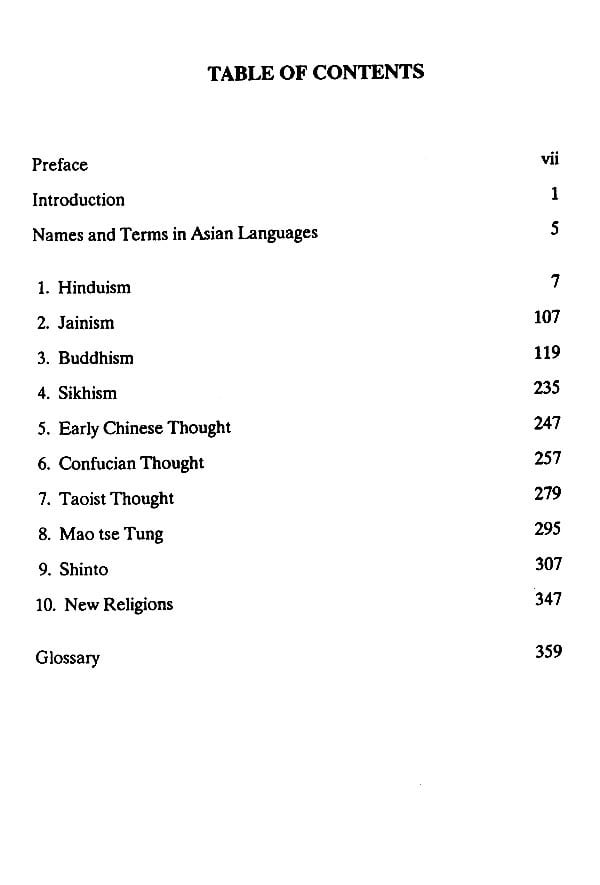


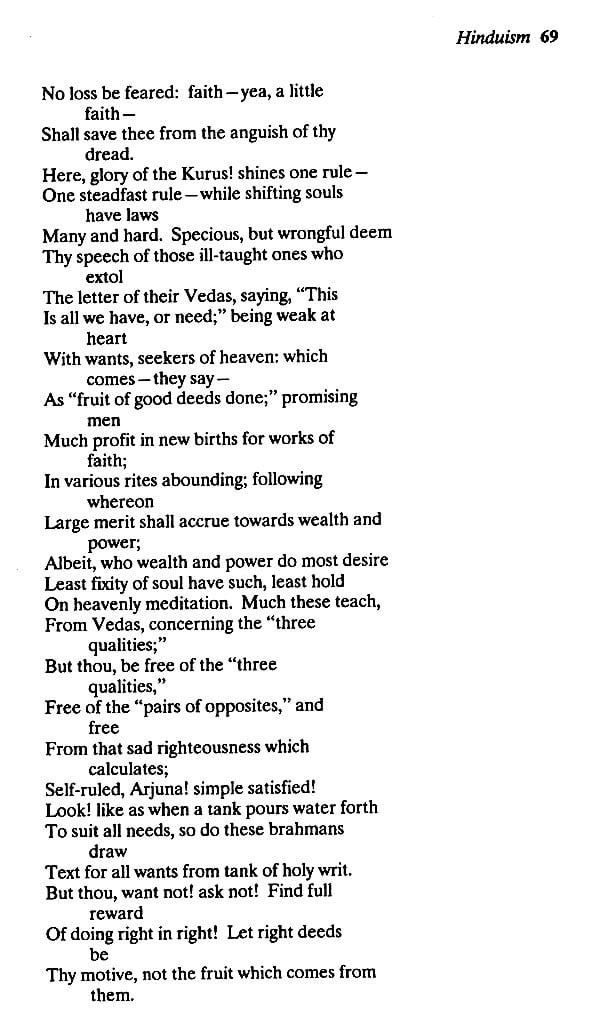


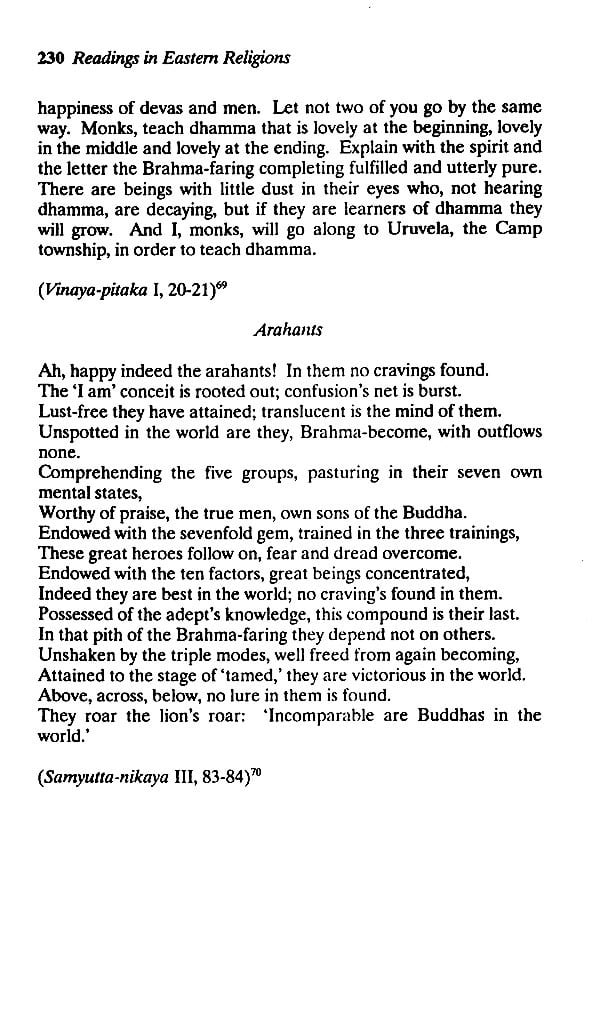

Delivery and Shipping Policy
- INTERNATIONAL SHIPPING
- Rs.1000-1100/kg
- ESTD. Delivery Time: 2-3 weeks (depending on location)
- Bubble Wrapped with Extra Padding
- NATIONAL SHIPPING
- NCR: Rs. 30/half kg
- Standard: Rs. 80/half kg
- Express shipments also available on Request
- ESTD. Delivery Time: Ranging from 1-4 days up to 7 business days (Depending on your choice of Delivery)
- TRACKING
- All orders; national or international, will be provided with a Tracking ID to check the status of their respective orders
- Depending on the Shipping Service, Tracking ID may be used on their respective tracking portals
Frequently Asked Questions (FAQs)
Domestic Shipping: 3-4 Days (after shipping)
International Shipping: 1-2 weeks (based on your location)
You will receive an email once your order has been shipped or you can email us if you didn't receive tracking details (info@mlbd.co.in)
Every book that we sell is the latest edition except all the rare books
Yes, we do provide free shipping, only on domestic orders (within India) above Rs.1500


